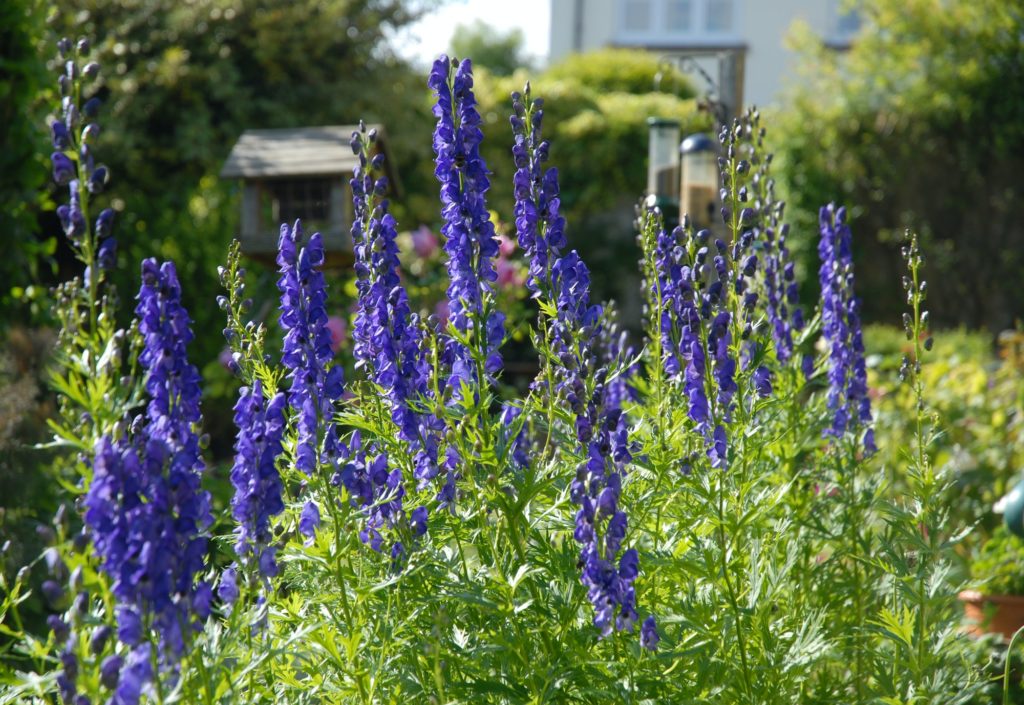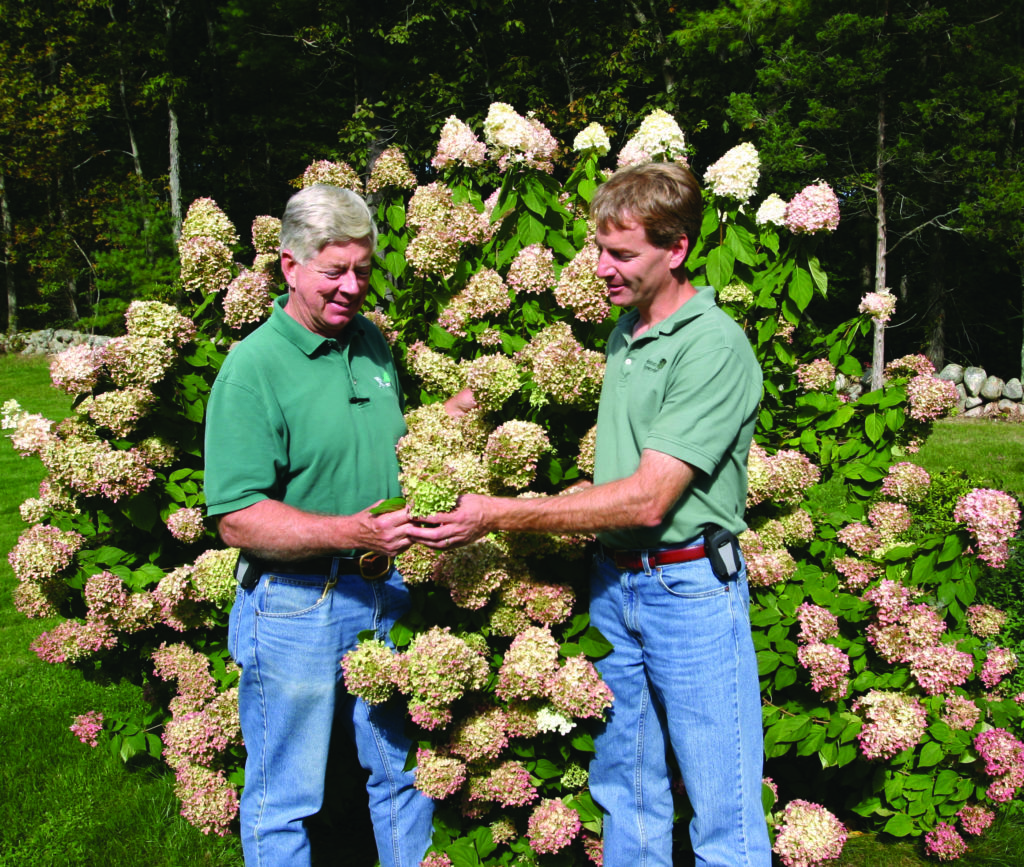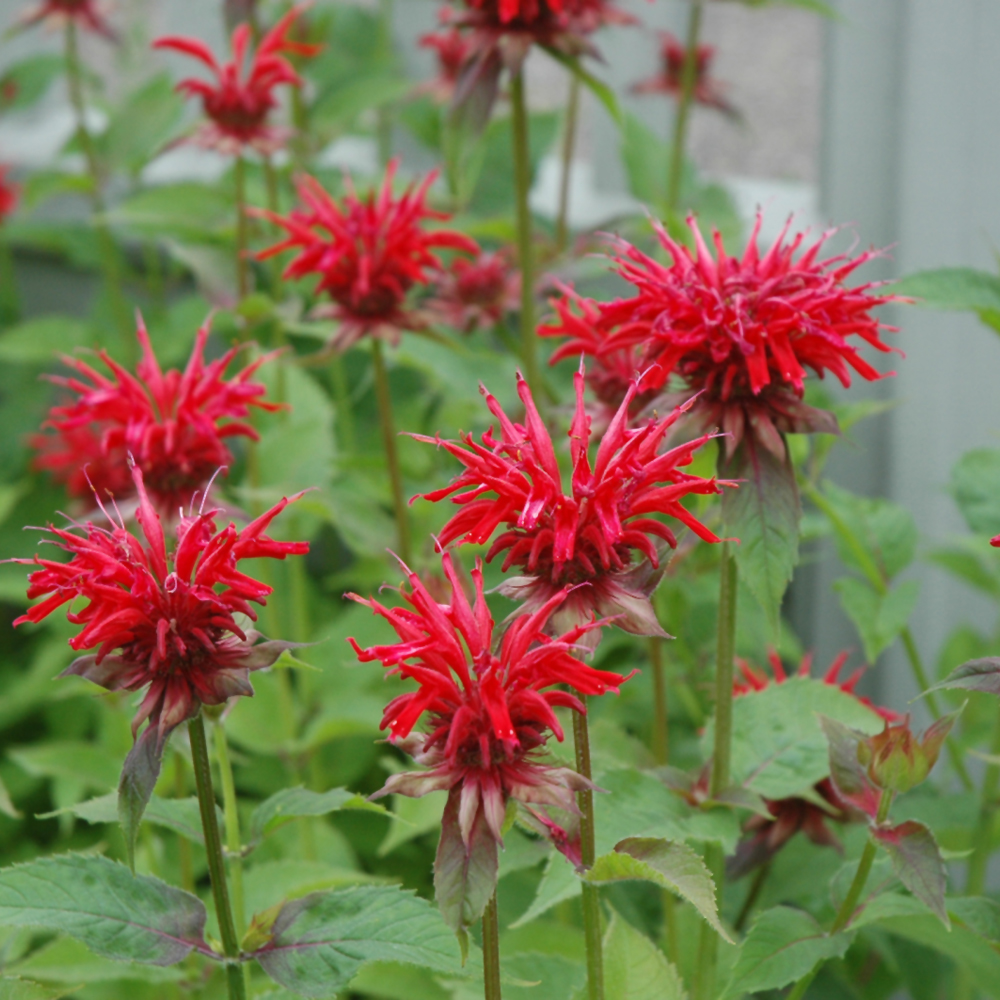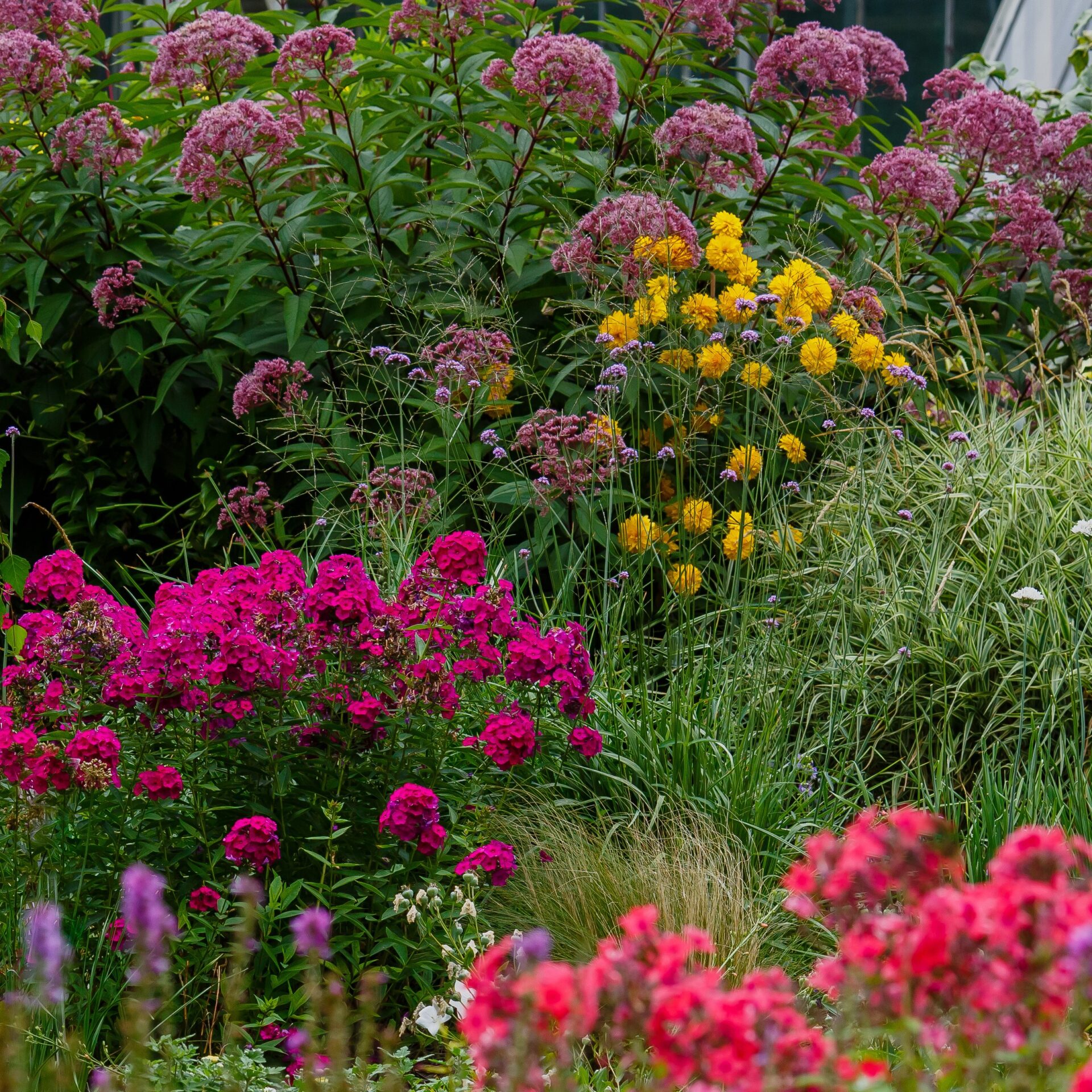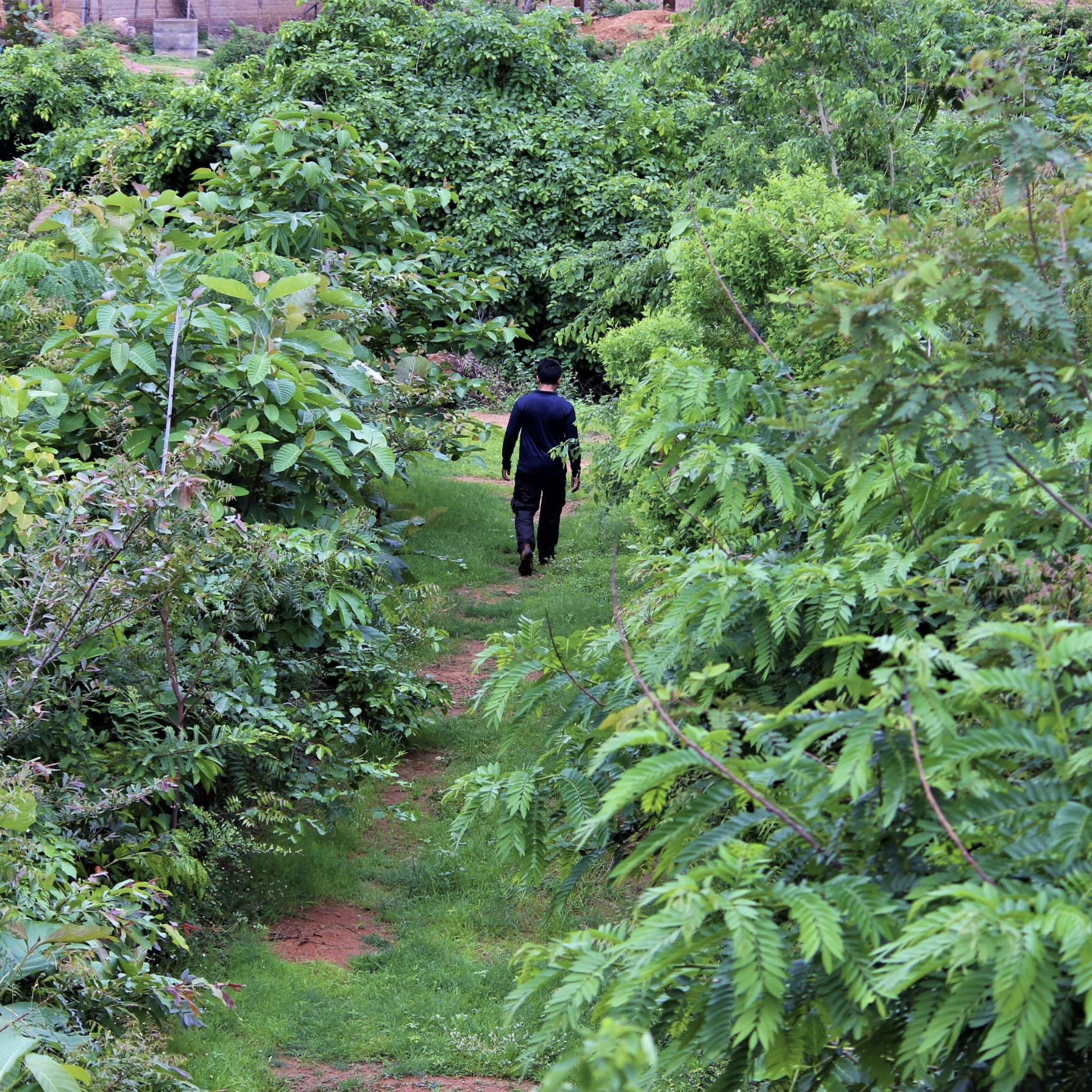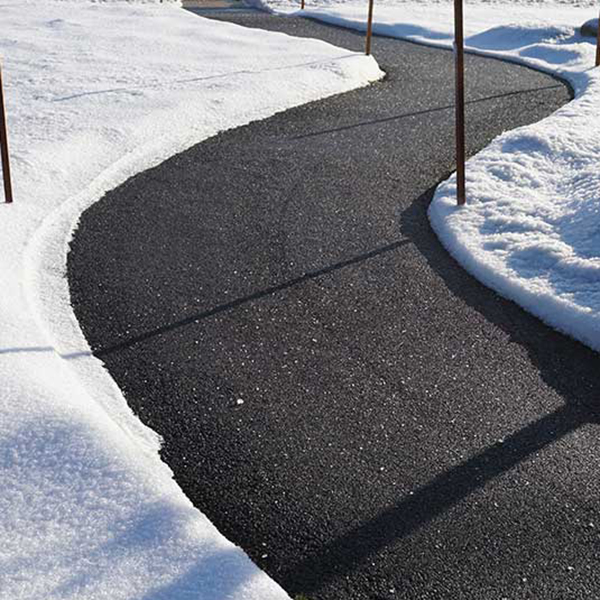
Slipping and falling on winter ice is no joke — especially for bones aging as quickly as mine — but what is a gardener to do when deicers can be “d-ice-y” for plants? (Groan. My funny bone is apparently as rickety as the rest of them.) Anyway, the answer is to read the label before you buy anything, a cardinal rule to follow before spreading any chemical in your yard. Despite the great number of choices for ice melt products, there are only four basic chemical components — sodium chloride, magnesium chloride, calcium chloride, and potassium chloride. Stay away from sodium chloride (often listed as rock salt, halite, or NaCl on the label) which is the worst culprit for burning plants. Magnesium chloride (MgCl) and calcium chloride (CaCl) products are safer for plants. Potassium chloride (KCl) is the best choice. (Unfortunately, it is also usually the most expensive. Isn’t that always the way?)
No ice melt product is safe when used in excess or incorrectly! Believe the package directions when they say to apply early, before snowfall, and lightly but evenly. You’ll save time because you won’t have to reapply as often and you’ll save money because you’ll use less chemical.
So, once again in life “less is more”. Avoid allowing deicers to concentrate in any one place more than absolutely necessary. Areas where deicing chemicals accumulate heavily may show some ill effects, even if you use the most eco-friendly products. Take care to apply whatever product you choose in the smallest area possible. Remember that where you pile treated snow and the destination of melt run-off should be considered in addition to the area where you actually apply it. Even though calcium, magnesium and potassium are important plant nutrients (potassium is even one of the Big Three, N-P-K), in too high concentration each one can cause serious damage to plants.
The safest option, of course, is not to use deicers at all and to shovel or sweep snow off walkways whenever possible, which I know is much more easily said than done. You might consider using plain sand for those ankle-breaking spots, if you have a good doormat at the end of the route. Kitty litter can work in a pinch, but again, tough to use without the best of doormats to prevent tracking it inside.
What if you suspect that you may have overindulged in using a deicer? Or what if your town has put down a lot of treated sand? While the ground is frozen, you can’t do much. As soon as you can in spring, sweep or rake away any accumulated chemical, treated sand or silt especially on and at the edge of walks, drives and roadways. Once the ground has thawed, water the area deeply and frequently both to dilute the chemicals and to push them below and away from root zones.

